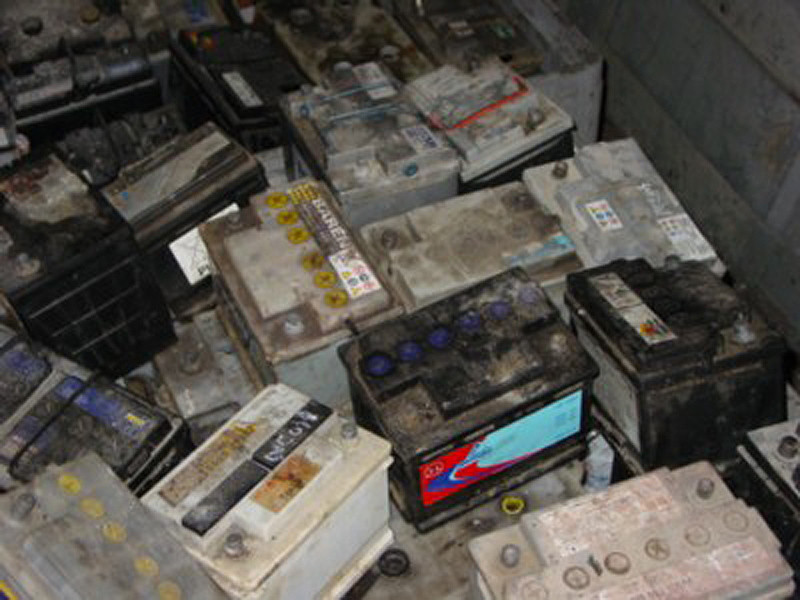Purchase of batteries
Batteries, purchase of batteries
We purchase and manage dead lead-acid batteries and alkaline batteries from companies, organisations and natural persons.
A battery is a rechargeable chemical source of electricity or power. During a series of discharge and charge cycles, a battery loses its capacity to store energy and needs to be safely disposed of. According to the type of electrolyte, the batteries are sorted into acidic and alkaline.
We provide companies with special containers resistant to acids and alkali for collecting batteries, which are replaced at agreed-upon intervals.
By Order No. No. AV-50 of 22 February 2013 and No. AV-255 of 29 October 2013 of the Director of the“ Environmental Protection Agency, Metransa UAB has been included in the list of waste managers authorised to issue proof of product (batteries) and/or package (metal packaging) waste management.
Types of most widely-used batteries:
- Lead-acid: used in trolleybuses, airplanes, cars, motorcycles, electric loaders, emergency energy supply networks and continuous power sources;
- Nickel-Cadmium (NiCd): used instead of regular voltaic cells, in construction power tools, trolleybuses and airplanes;
- Nickel-metal hydride (NiMH): used instead of regular voltaic cells and in electric vehicles;
- Lithium-ion: used in construction power tools, electric vehicles and mobile devices;
- Lithium-polymer (Li-pol): used in electric vehicles and mobile devices;
- Nickel-Zinc (NiZn): used instead of regular voltaic cells.
Average composition of dead lead-acid batteries (%):
| Components | Composition |
| Electrolyte | 25% (~15% H2SO4) |
| Lead grill and poles | 28% |
| Lead sulphate | 19% |
| Lead oxide | 14% |
| Polypropylene/Ebonite | 11% |
| Other components | 3 |





